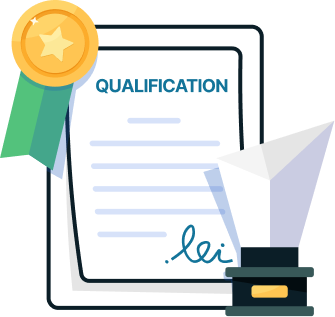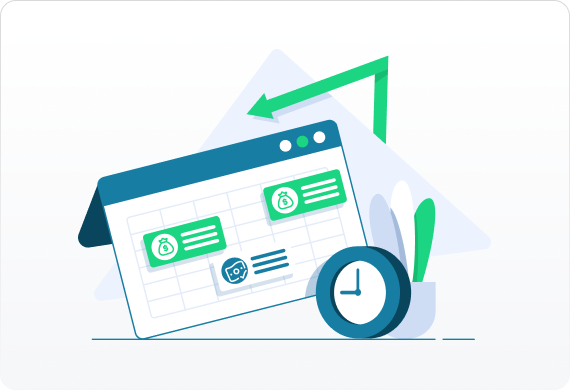Owning any type of a bar or club can be a financial challenge. Business can be seasonal or inconsistent, putting a strain on operational budgets. Or, if you’re very successful, you might think about expanding your venture. Maybe you’ll add an addition to your current establishment. Or bring in something new, like food or craft brews. You might even be considering opening another location. Or you could just be behind on the bills. In any case, you’re going to need money. Depending on your situation, you could need a big injection of cash—opening a new location might come with a price tag of up to $850,000.
Unless you have a huge amount of cash on hand, you’re going to need a business loan. Shield Funding has been securing small business loans for bars for more than a decade and we offer a variety of financing options that can be tailored to fit your needs. Few bar owners will be able to expand their business without taking a loan, but there are several types of business loans that may fit your situation.







